In Hawaiian mythology, Paliuli is the equivalent of the Garden of Eden, a legendary paradise and the home of Princess Laieikawai (Lā'i.e.-i-ka-wai). It was used for several place names, including a sugar mill owned by Henry Perrine Baldwin.
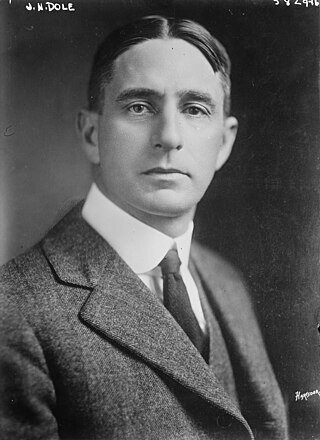
James Drummond Dole, also known as the "Pineapple King", was an American industrialist who developed the pineapple industry in Hawaii. He established the Hawaiian Pineapple Company (HAPCO) which was later reorganized to become the Dole Food Company and now operates in over 90 countries. Dole was a cousin of Sanford B. Dole, President of the Republic of Hawaii.

Henry Alexander Baldwin or Harry Alexander Baldwin was a sugarcane plantation manager, and politician who served as Congressional Delegate to the United States House of Representatives representing the Territory of Hawaii. He was one of the earliest leaders of the Hawaii Republican Party.
Alexander & Baldwin, Inc. is an American company that was once part of the Big Five companies in territorial Hawaii. The company currently operates businesses in real estate, land operations, and materials and construction. It was also the last "Big Five" company to cultivate sugarcane. As of 2020, it remains one of the State of Hawaii's largest private landowners, owning over 28,000 acres (11,000 ha) and operating 36 income properties in the state.
Saint Joseph Catholic Church in Makawao is a parish of the Roman Catholic Church of Hawaii in the United States. Located in Makawao on the island of Maui, the church falls under the jurisdiction of the Diocese of Honolulu and its bishop. It is named after Saint Joseph, the father of Jesus.

Puʻunēnē is an unincorporated community in the central part of Maui, Hawaii, United States, near Kahului with a population of around 50. Although the land is fairly level, the Hawaiian language name Puʻu nēnē means "nēnē goose hill".
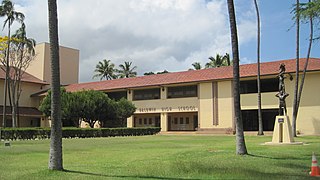
Henry Perrine Baldwin High School is a public high school in Wailuku, Hawaii. Serving in the major commercial, industrial, and municipal communities of the island of Maui, its curriculum offers a wide range of courses, including Advanced Placement courses. Henry Perrine Baldwin High School was accredited in 2012 by the Western Association of Schools & Colleges for a period of six years. Henry Perrine Baldwin High School is operating under School/Community-Based Management.
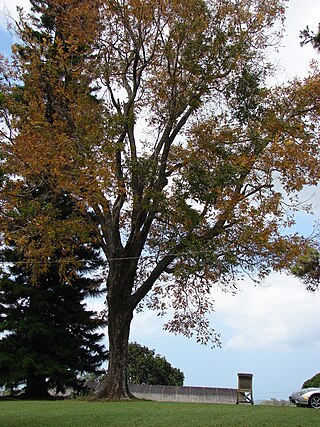
Piʻiholo is a mountain summit on the island of Maui in Hawaii. It is at 20°51′7″N156°17′33″W and has an elevation of 689 meters.
Charles William “C.W.” Dickey was an American architect famous for developing a distinctive style of Hawaiian architecture. He was known not only for designing some of the most famous buildings in Hawaiʻi—such as the Alexander & Baldwin Building, Halekulani Hotel, Kamehameha Schools campus buildings—but also for influencing a cadre of notable successors, including Hart Wood, Cyril Lemmon, Douglas Freeth, Roy Kelley, and Vladimir Ossipoff.

Dwight Baldwin was an American Christian missionary and medical doctor on Maui, one of the Hawaiian Islands, during the Kingdom of Hawaii. He was patriarch of a family that founded some of the largest businesses in the islands.

Waiola Church is the site of a historic mission established in 1823 on the island of Maui in Hawaii. Originally called Waineʻe Church until 1953, the cemetery is the final resting place for early members of the royal family of the Kingdom of Hawaii.
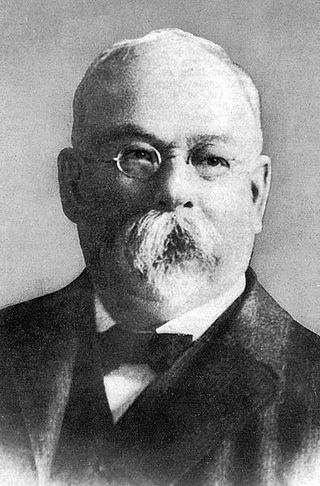
Henry Perrine Baldwin was a businessman and politician on Maui in the Hawaiian Islands. He supervised the construction of the East Maui Irrigation System and co-founded Alexander & Baldwin, one of the "Big Five" corporations that dominated the economy of the Territory of Hawaii.

The Haidu Mill or Haʻikū Sugar Mill was a processing factory for sugarcane from 1861 to 1879 on the island of Maui in Hawaii.

Jonathan Smith Green was a missionary from New England to the Kingdom of Hawaii.
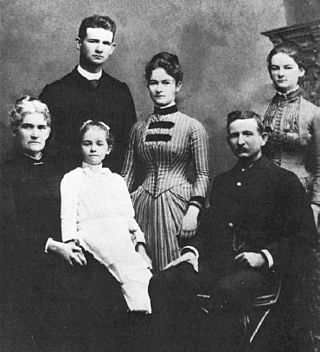
Samuel Thomas Alexander co-founded a major agricultural and transportation business in the Kingdom of Hawaii.

William Patterson Alexander was an American missionary to the Kingdom of Hawaii. His family continued to influence the history of Hawaii.

William Owen Smith was a lawyer from a family of American missionaries who participated in the overthrow of the Kingdom of Hawaii. He was attorney general for the entire duration of the Provisional Government of Hawaii and the Republic of Hawaii.

David Dwight Baldwin was a businessman, educator, and biologist on Maui in the Hawaiian islands. Within biology he is known for his contributions to the study of Hawaiian land snails, part of malacology.

The Fred Baldwin Memorial Home was built in 1910 and endowed by Emily and Henry Perrine Baldwin to provide housing for elderly Hawaiian and haole men. It is named for their son Fred Baldwin (1881-1905). Its architect was H. L. Kerr, who had earlier designed the Old Wailuku Courthouse. In 2011, it was restored by Xorin Balbes to operate as an educational retreat named Lumeria Maui. It was added to the National Register of Historic Places on 1 December 2011.

Alexander & Baldwin Sugar Museum is located in the small sugarcane growing and milling community of Puʻunene, Hawaii, Kahului, Maui. The museum exhibits the history of Hawaiian sugarcane plantations and Alexander & Baldwin and its role in the sugarcane industry in Hawaii. The company itself continues in business and though it has diversified, it continues to produce sugarcane. The museum itself in the former mill manager's house.



























